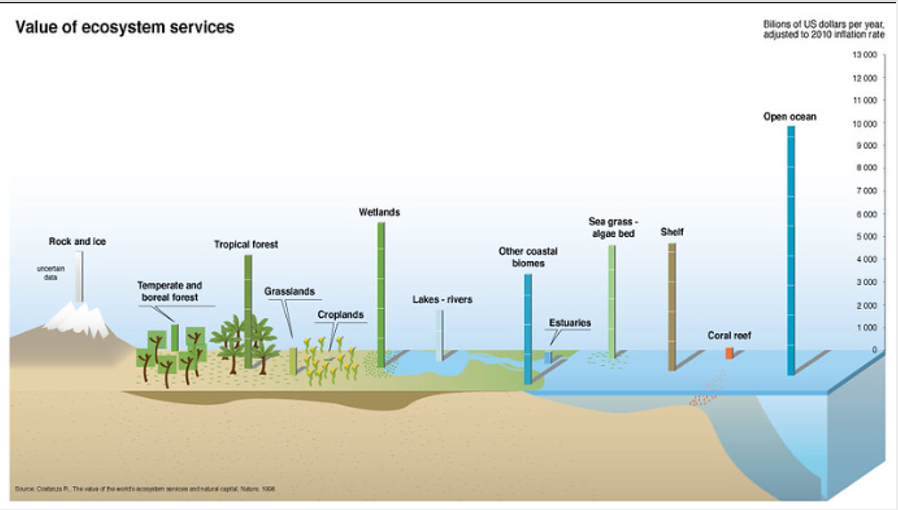|
Getting your Trinity Audio player ready...
|
Countries are gathering in Rome to advance negotiations aimed at securing $200 billion annually to combat the global biodiversity crisis. This initiative builds upon the 2022 Kunming-Montreal Global Biodiversity Framework, which strives to halt nature loss by 2030. The urgency of the situation is highlighted by a WWF report showing a 73% decline in vertebrate wildlife populations since 1970.
A key component of the discussions is the “Cali Fund,” which emerged from talks in Cali last October. This fund was designed to tap into profits from companies benefiting from nature’s genetic data, but pledges have fallen far short—reaching only $163 million of the $30 billion per year target for the decade.
The United States’ policy shift, following former President Donald Trump’s withdrawal from key environmental agreements, has created added pressure on the talks, raising concerns about global commitment to funding nature protection efforts.
Oscar Soria, co-CEO of The Common Initiative, called the moment “historic” if global leaders choose to prioritize ambitious actions, stating, “The question is whether they will fight for the future like gladiators or let this opportunity slip away.”
As the funding conversation continues, negotiators are exploring alternative sources, including development bank lending, private sector investment, and the redirection of $500 billion in harmful subsidies towards conservation. However, there is ongoing debate about how best to manage the funds. While Europe favors using the Global Environment Facility (GEF), nations like Brazil and the Democratic Republic of Congo advocate for a more inclusive system.
The Rome meeting is expected to formally launch the Cali Fund, with calls for greater transparency as the global community works toward safeguarding biodiversity.
Value of ecosystem services by GRID-Arendal CC BY-NC-SA 2.0 on Flickr


